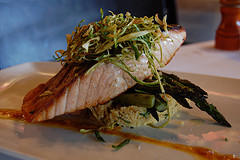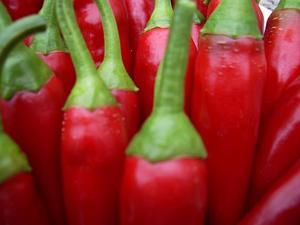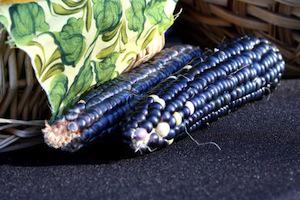Many home chefs are often intimidated by preparing seafood, either because of its delicate texture or because they simply don’t know which types to buy. These tasty and nutritious recipes can take the guesswork out of cooking with fish, shrimp and other types of seafood.
Baja-Style Salmon Tacos
Unlike many restaurant tacos, this recipe adds up to just 325 calories and is packed with 24 grams of necessary protein. The grilled salmon and whole wheat tortillas give these Baja-style fish tacos a healthy makeover that’s still a flavorful treat.
Fish Veronique
A traditional dish with a healthy, modern twist, this recipe for Fish Veronique creates a comfort food that won’t break your diet. By removing the fat from the chicken broth and using low-fat milk, you can create a decadent, creamy sauce with none of the extra fat or calories.
Baked Red Snapper With Zesty Tomato Sauce
Create an elegant dinner for your family or your guests with this low-fat, low-calorie Italian fish dish. Use your choice of either red snapper or bass to find the taste you prefer, and top with zesty tomato sauce for major flavor.
For more nutritious meals using seafood, visit the NIH website here.






 Equal Housing Opportunity
Equal Housing Opportunity